The Majesty and Mystery of Big Cats
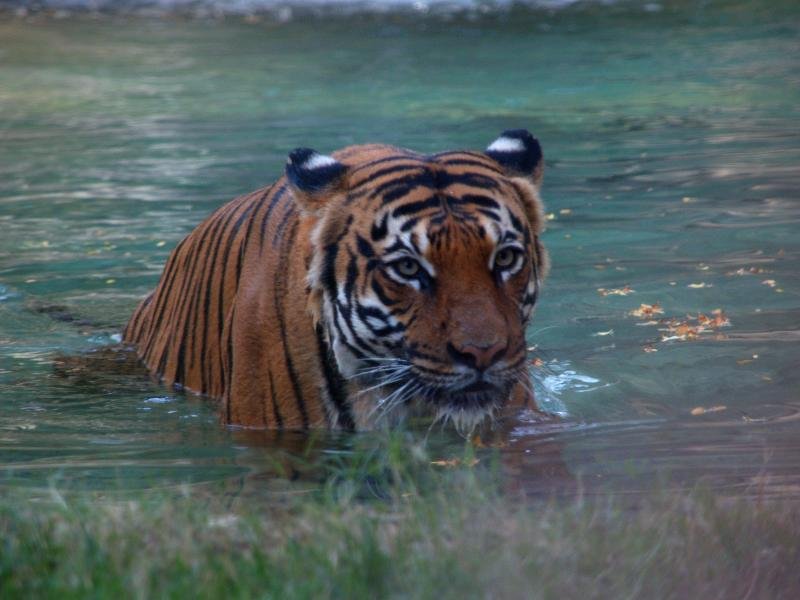
Big cats have always been creatures of awe, their power and grace capturing the imaginations of humans since ancient times. These majestic animals featured prominently in the mythology, religion, and culture of various ancient civilizations. Revered for their strength, yet feared for their predatory prowess, big cats such as lions and tigers symbolized a range of human emotions and characteristics.
Lions in Ancient Egypt
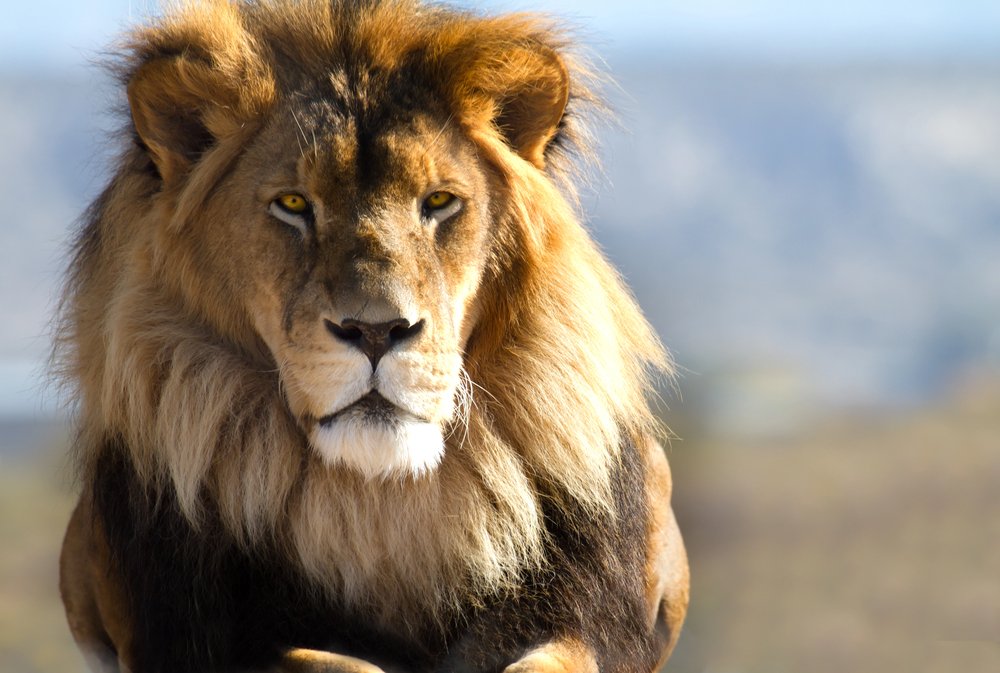
In Ancient Egypt, lions were deeply intertwined with spirituality and royalty. The lion-headed goddess Sekhmet symbolized both destruction and healing, embodying the dual nature of these powerful creatures. Lions were depicted as protectors, sometimes representing the pharaoh himself, charged with guarding the land from chaos. Temples often showcased lion statues, underscoring their divine association and the respect they commanded.
The Symbolism of Tigers in Chinese Culture
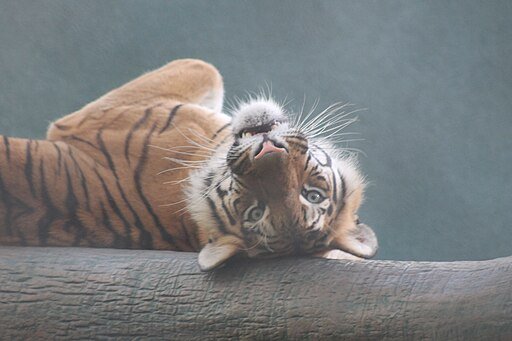
In Chinese mythology, the tiger is a potent symbol of courage and strength, often called the “King of the Animals.” Tigers were viewed with both reverence and fear, embodying the concept of yin and yang—balance between opposites. They were believed to ward off evil spirits, with images of white tigers gracing temples and graves to bring protection. Moreover, each of the five cardinal directions in Chinese cosmology was represented by a divine animal, with the White Tiger guarding the West.
The Role of Jaguars in Mesoamerican Civilizations
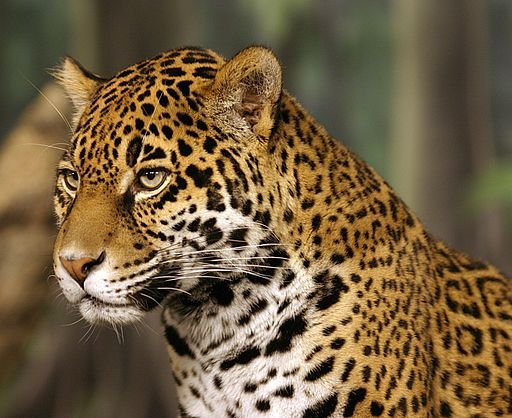
Mesoamerican cultures such as the Maya and Aztecs placed jaguars at the heart of their mythology and religious practices. Jaguars were symbols of the underworld, night, and transformation. The Maya revered the jaguar as a spiritual bridge between the human and divine realms. Mayan kings often aligned themselves with jaguar imagery to demonstrate their power and authority, further showcasing the big cat’s revered status.
Mythical Panthers in Greek and Roman Legends
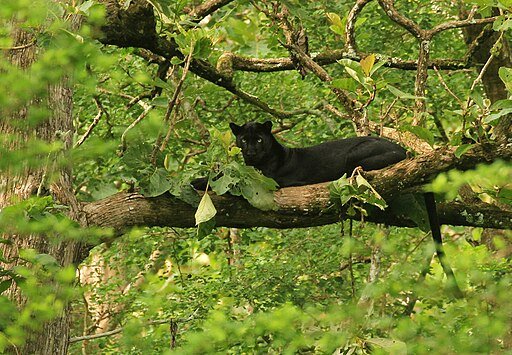
In Greek and Roman mythology, panthers were closely associated with Dionysus (Bacchus in Roman mythology), the god of wine, pleasure, and festivity. Often depicted pulling the deity’s chariot, panthers symbolized exoticism, mystery, and uninhibited passion. Interestingly, these ancient cultures saw big cats as both wild and alluring, embodying the dual nature of indulgence and chaos.
The Lion as a Symbol of Power in Mesopotamia
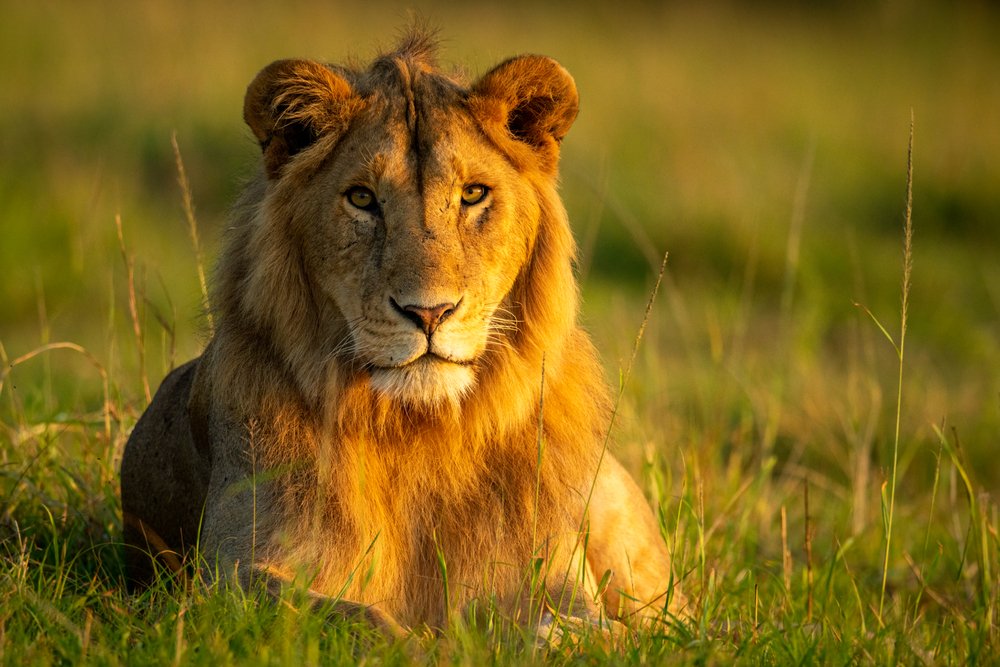
In ancient Mesopotamia, the lion symbolized regal strength and divine authority. Depictions of gods wielding power over lions illustrated the supreme might and influence such deities were believed to possess. The famed Ishtar Gate in Babylon, decorated with fierce lions, served to intimidate and impress, highlighting the city’s grandeur and strength. Lions, thus, were emblematic of protection and dominance.
The Cheetah’s Royal Role in Ancient Persia

While not as frequently mythologized as other big cats, cheetahs captured the fascination of ancient Persian aristocracy. Kept as hunting companions due to their incredible speed and agility, cheetahs were associated with nobility and luxury. Persian artwork often depicted these animals as elegant and sleek, embodying both grace and status.
Lions in Hindu Mythology
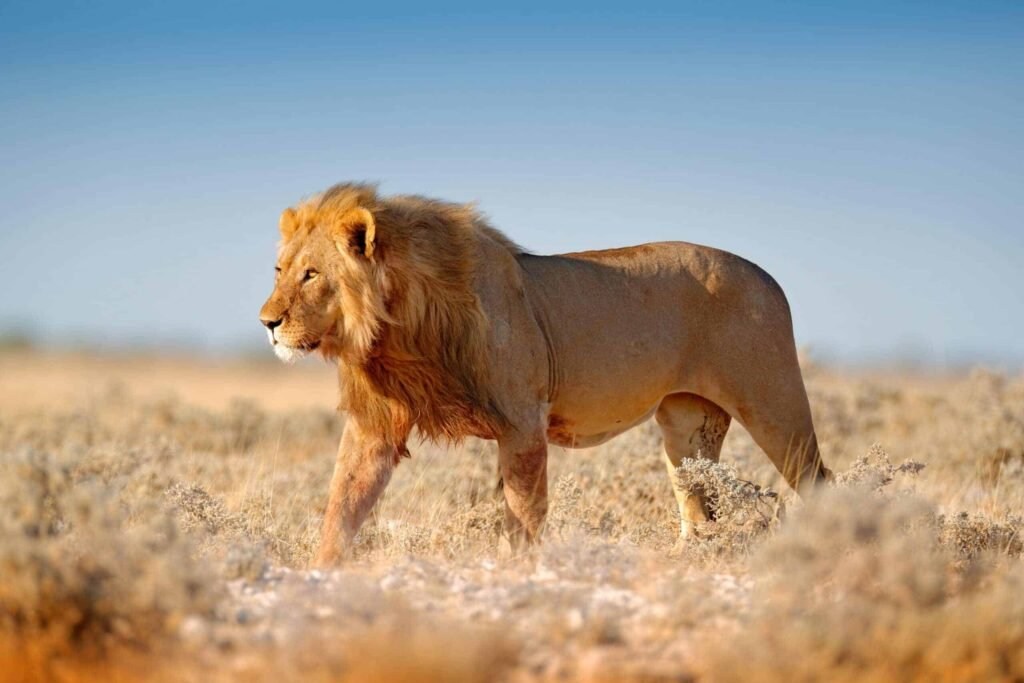
In Hindu culture, lions are closely associated with several deities. The goddess Durga, for instance, is frequently illustrated riding a lion, symbolizing power and determination. Similarly, Narasimha, an avatar of Vishnu, takes the form of a half-lion, half-man, embodying the strength and courage needed to protect the world from evil. The lion thus represents spiritual strength and protection in Hindu tradition.
The Fear and Fascination of Big Cats in African Folklore
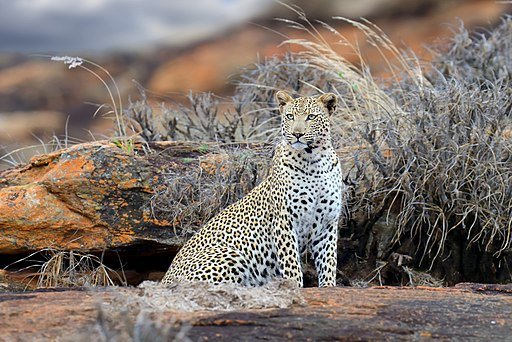
Across African cultures, big cats such as lions and leopards are central figures in folklore and mythology. Revered as symbols of bravery and leadership, these animals also instill a healthy respect for their strength and cunning. Traditional stories often convey moral lessons, with big cats serving as powerful metaphorical figures representing specific human traits.
The Global Reach of Feline Symbolism
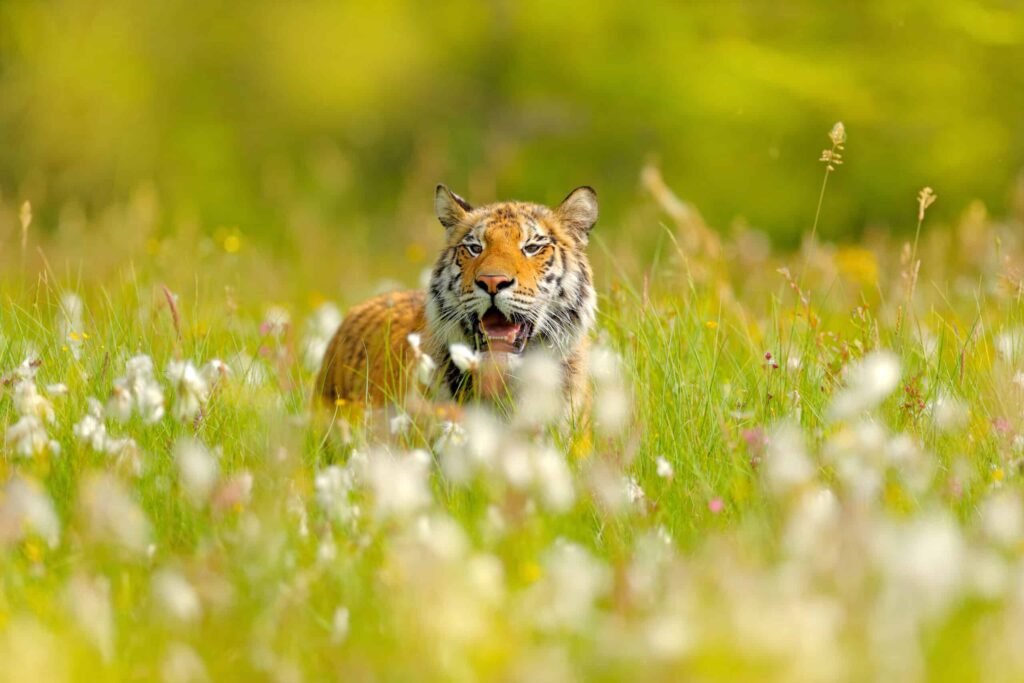
From the African savannas to the Asian jungles and beyond, big cats have inspired reverence and fear across many cultures. Their dual nature—majestic yet dangerous—captures the complexity of humanity’s relationship with the natural world. Through their depictions in art, religious texts, and cultural symbolism, big cats continue to illustrate fundamental aspects of human experience.
Modern Reflections on Ancient Beliefs

Today, big cats remain symbols of untamed beauty and power, reflecting a long history of admiration and fear. Conservation efforts highlight the importance of preserving these magnificent creatures, whose cultural and historical significance underscores their irreplaceable role in our ecosystems. Understanding ancient reverence for big cats brings valuable insights into their enduring legacy and the need to protect these symbols of our natural heritage.

Suhail Ahmed is a passionate digital professional and nature enthusiast with over 8 years of experience in content strategy, SEO, web development, and digital operations. Alongside his freelance journey, Suhail actively contributes to nature and wildlife platforms like Feline Fam, where he channels his curiosity for the Feline into engaging, educational storytelling.
With a strong background in managing digital ecosystems — from ecommerce stores and WordPress websites to social media and automation — Suhail merges technical precision with creative insight. His content reflects a rare balance: SEO-friendly yet deeply human, data-informed yet emotionally resonant.
Driven by a love for discovery and storytelling, Suhail believes in using digital platforms to amplify causes that matter — especially those protecting Earth’s biodiversity and inspiring sustainable living. Whether he’s managing online projects or crafting wildlife content, his goal remains the same: to inform, inspire, and leave a positive digital footprint.






